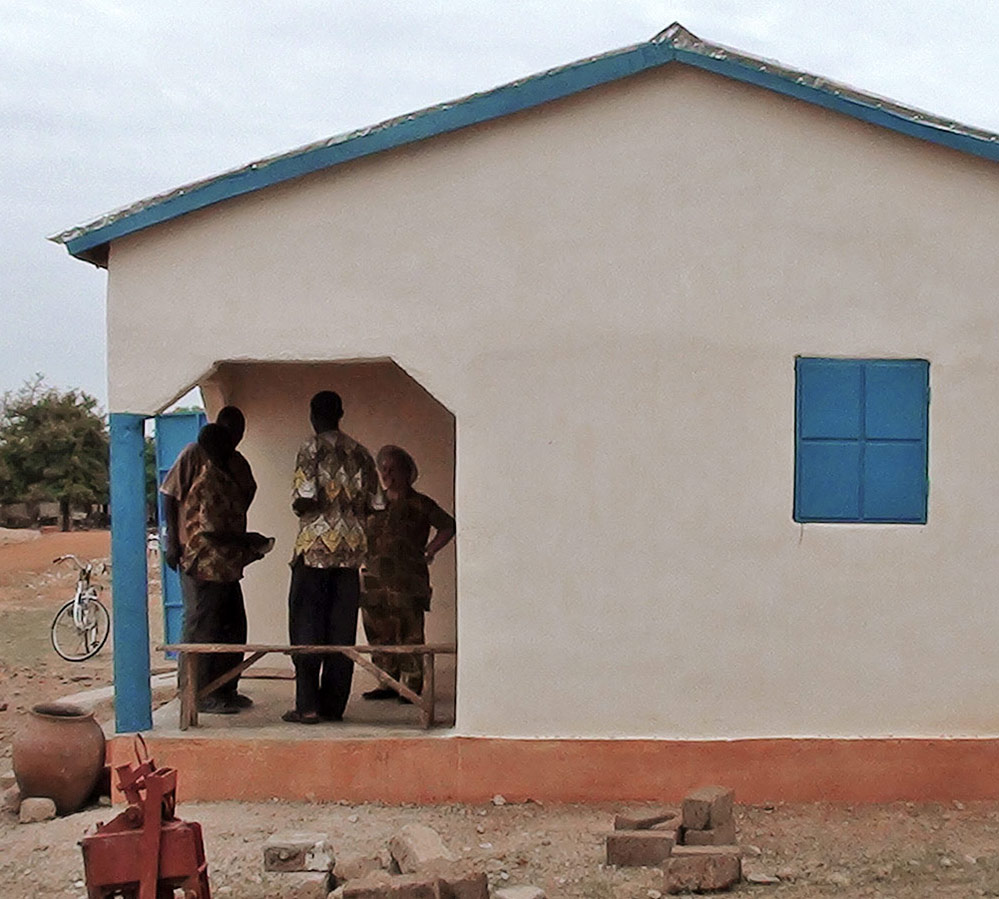Project CIM
Region
Loutogu, Togo
Beginning of the project
Maggio 2015
Project duration
5 months
Project status
completed
Beneficiaries
Population region
Project purpose
Development of living conditions
Total cost
14’000 CHF -
Supported by
Fondazione Araldi Guinetti, Association IF e DASSIFEM
Project origins
Currently the main problem on a global scale within the social system is the highly heterogeneous distribution of wealth in a problematic sustainability framework caused by an uncontrolled exploitation of resources. This situation triggers multiple compensation phenomena with consequences that characterize the condition of life and access to opportunities within the different social frames.
According to the data provided by Oxfam, in 2016 1% of the population holds more than 50% of the global wealth or more than the remaining 99% of the world population. The 85 richest people have the equivalent of the wealth of 50% of the poorest population while over a billion people live on less than $ 1.25 a day and 80% of the planet's inhabitants live on average with $ 3.85 each.
Sub-Saharan Africa is the region with the largest number of so-called developing countries, the main victims of these circumstances. In Togo, the annual per capita income is estimated at around $ 570, but in the poorest regions of the North, the average falls below $ 300.
The goal of the project is to face one of the innumerable repercussions caused by these conditions of important poverty, that is to allow every family nucleus, the fulcrum and motor of the social system, to live in a stable, dignified and lasting home, through the creation of a self-sustainable activity over time that is able simultaneously to stimulate the local economy and create jobs.
Project Description
In the Lotogou region, as in all the rural areas of Togo, the population lives in "Banco", traditional houses built with beaten earth and often covered with thatched roofs. The solidity of such constructions is rather precarious and fragile and at every weather or in correlation with the rainy season, which occurs twice during the year, these homes must be continually reassembled to avoid complete decay.
The inhabitants with sufficient resources are able to obtain cement and sheet metal in Dapaong, the nearest urban center which is about 30 km from Lotogou, so as to be able to make bricks more resistant for the construction and cover the houses ensuring a more stable and resistant structure.
Given the conditions of extreme poverty for the vast majority of the population, the costs of the material and especially of transport are inaccessible, thus favoring the perpetration of this precarious situation with consequent cyclical waste of time and resources.
The project involves the construction of a warehouse regularly supplied with cement and building material and equipped with a pressure machine for the manufacture of very resistant bricks composed of a minimum percentage of cement and the remainder from simple earth. The structure assumes full-time employment of two people involved in brick making and selling materials at sustainable prices.
Expected and reached results
The results immediately achieved with the start of the activity have gone beyond the most optimistic expectations, the service has been much appreciated both by the local community and by the neighboring ones who immediately took advantage of the new opportunity.
The activity immediately respected the assumptions of sustainability, generating from the first load of cement revenue able to cover all the management expenses and also ensuring a profit margin that will be used for the implementation of the activity as well as to support the financing of further projects.
There is still considerable room for growth related to the expansion of the use of bricks produced with the new technique, which is still little known. The eventual construction of new structures related to future projects through the products of this activity will favor the development and promotion of the service.








